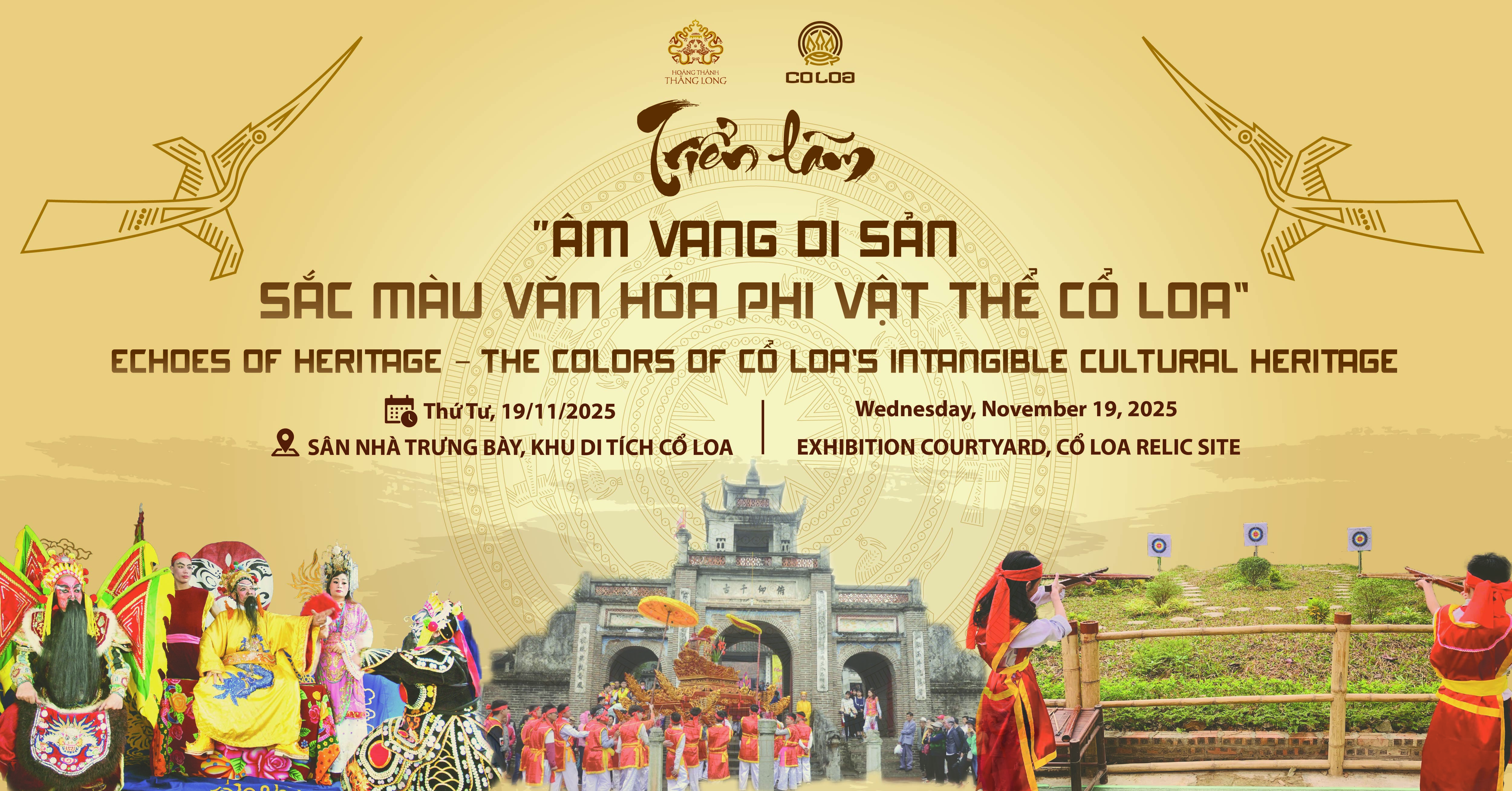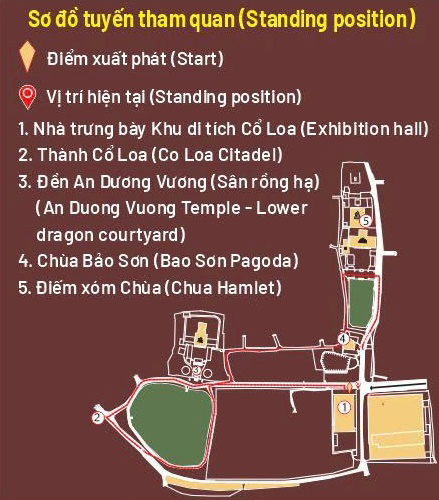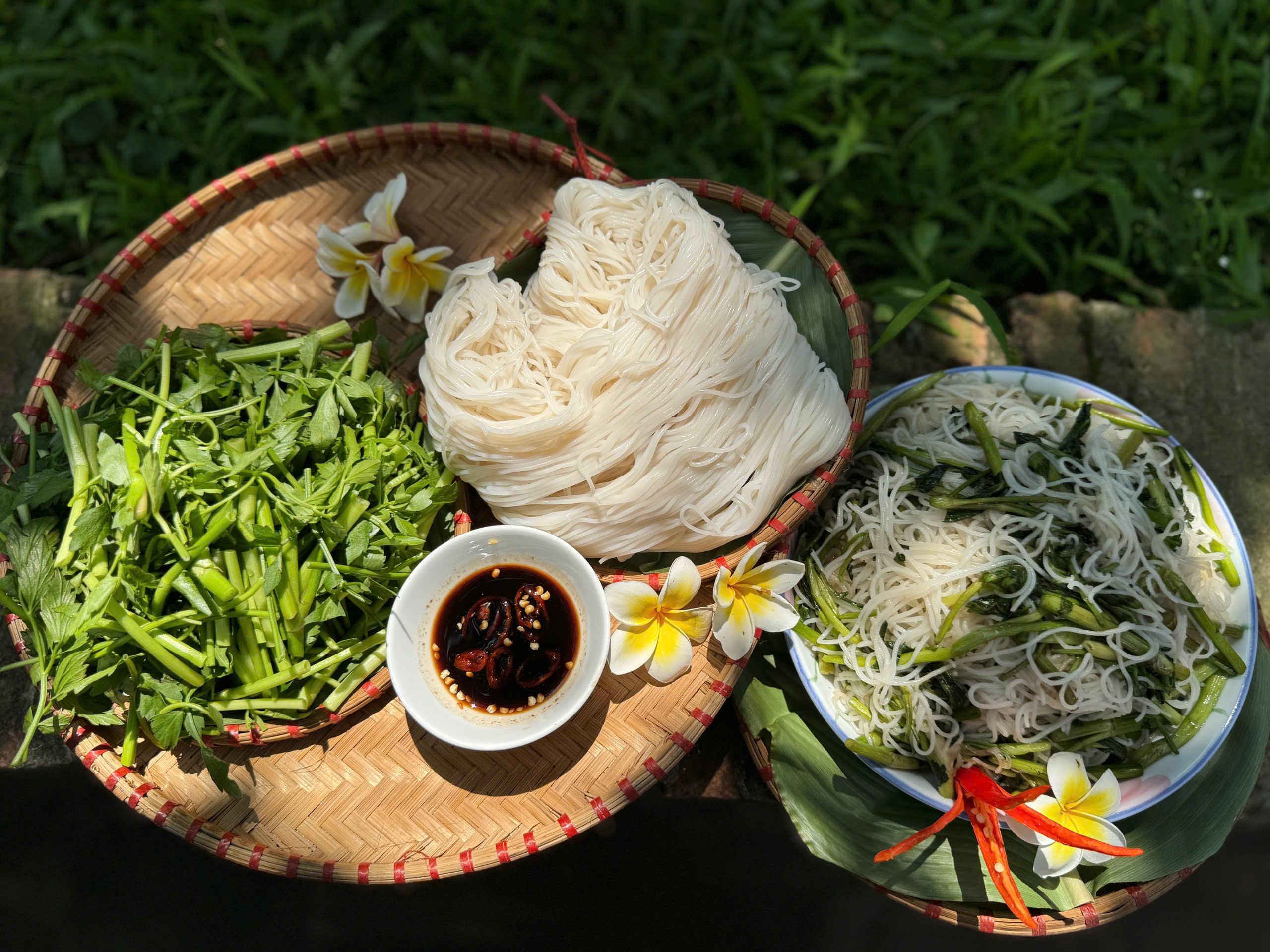Pollen research has been applied in archeology around the world since the late 19th century and in Vietnam since the 70s of the 20th century. The results of pollen analysis from stratigraphy of archaeological sites have provided information about flora, the environment and the climate in the past.
However, the preservation of pollen is greatly affected by natural factors such as water, wind, insects, etc., so in many archaeological sites the amount of pollen collected is very little. To get more specific information about pollen retention, Dr. Nguyễn Thị Mai Hương - main researcher at the Institute of Archeology, in collaboration with the Management Department of Cổ Loa vestige site, conducted a small experiment at Co Loa relic by using 20 pollen traps to collect modern pollen samples.
Dr. Nguyễn Thị Mai Hương finds a place to put pollen traps at Thuong Temple
Set a pollen trap
A pollen trap
The results of the pollen trapping experiment have important implications for comparing modern pollen conservation levels with fossil samples in archaeological sites. At the same time, evaluate the conditions for pollen preservation at archaeological sites in Co Loa site in particular and archeological relics in general.
MANAGEMENT DEPARTMENT OF CỔ LOA VESTIGE SITE








